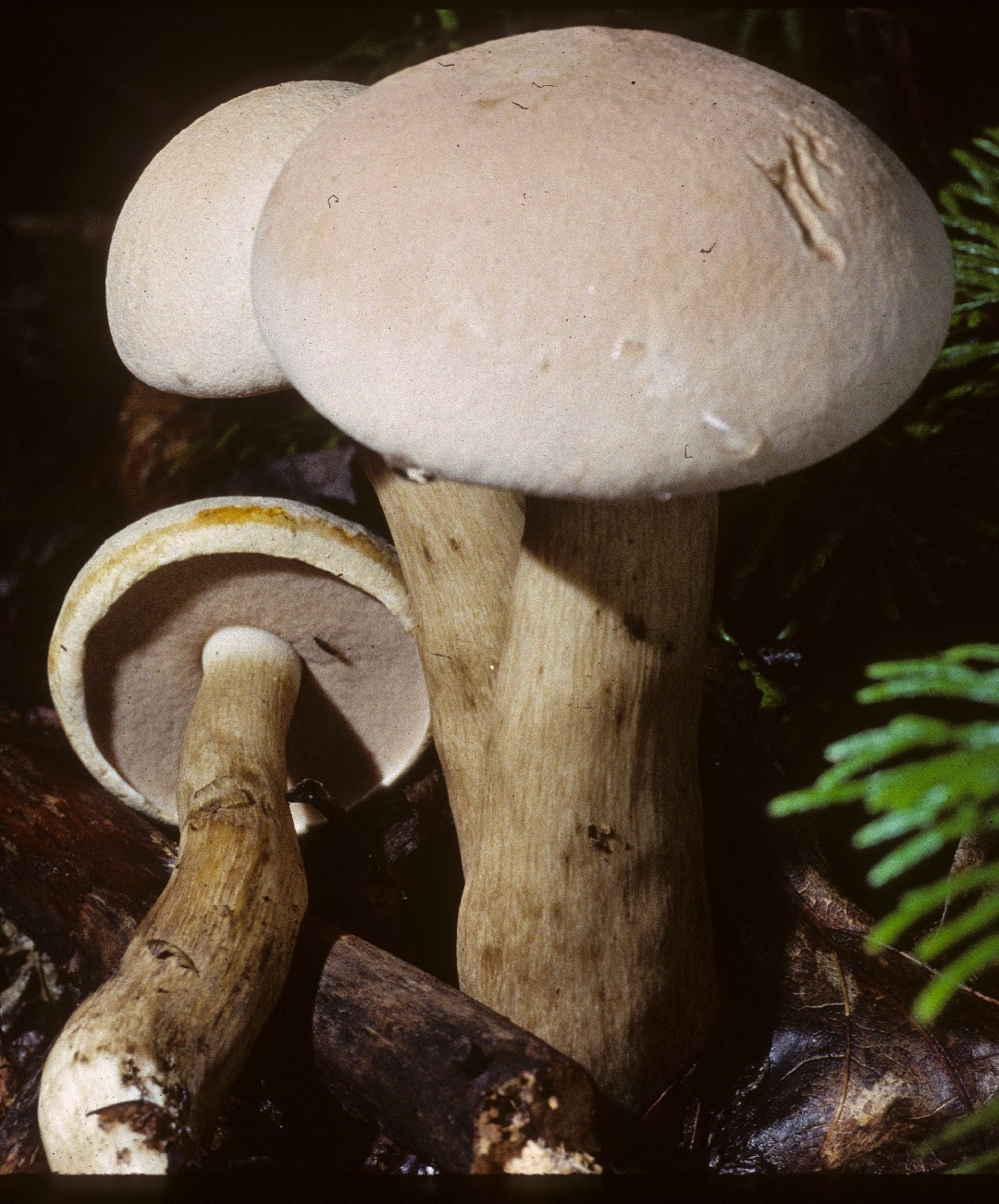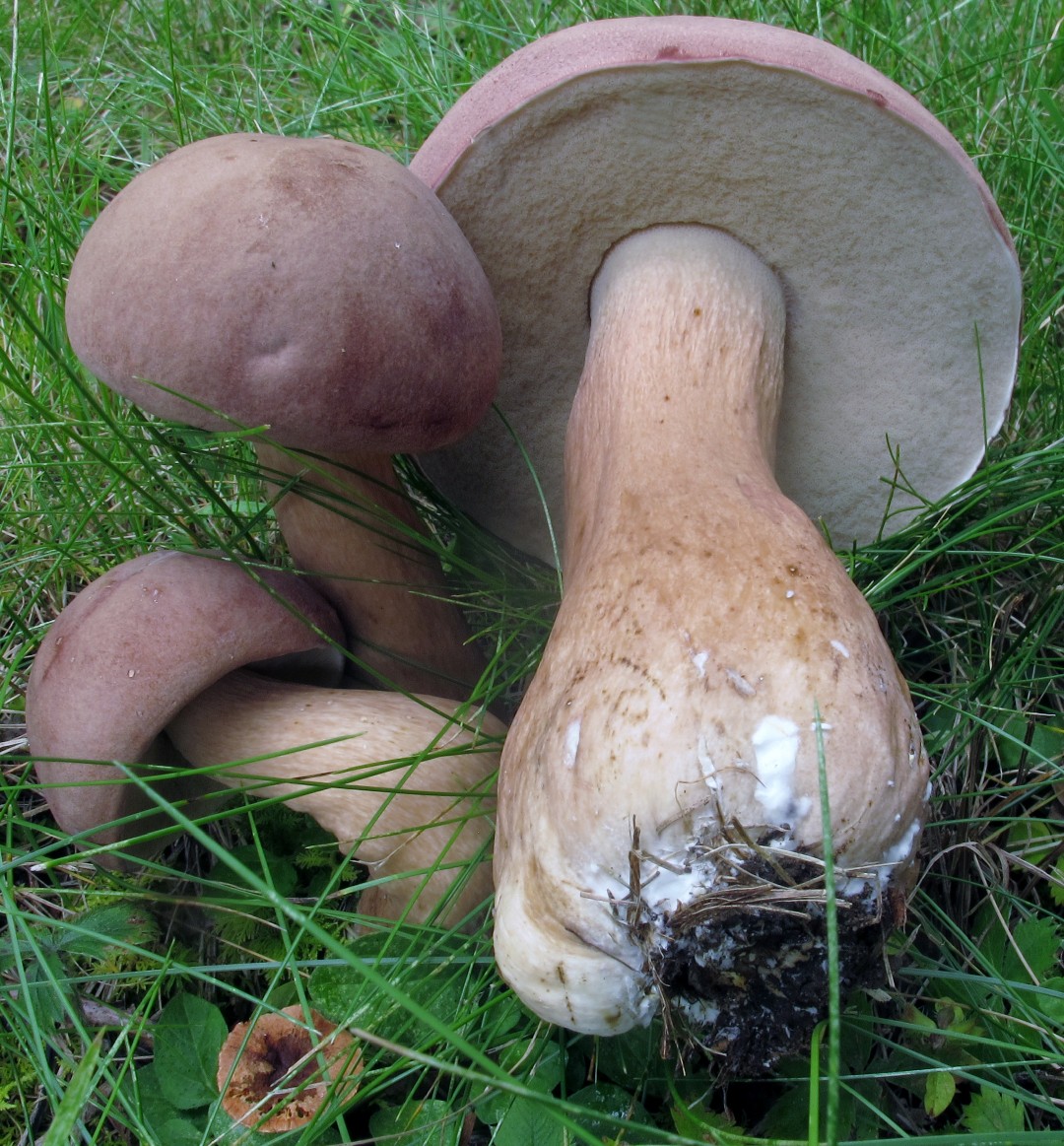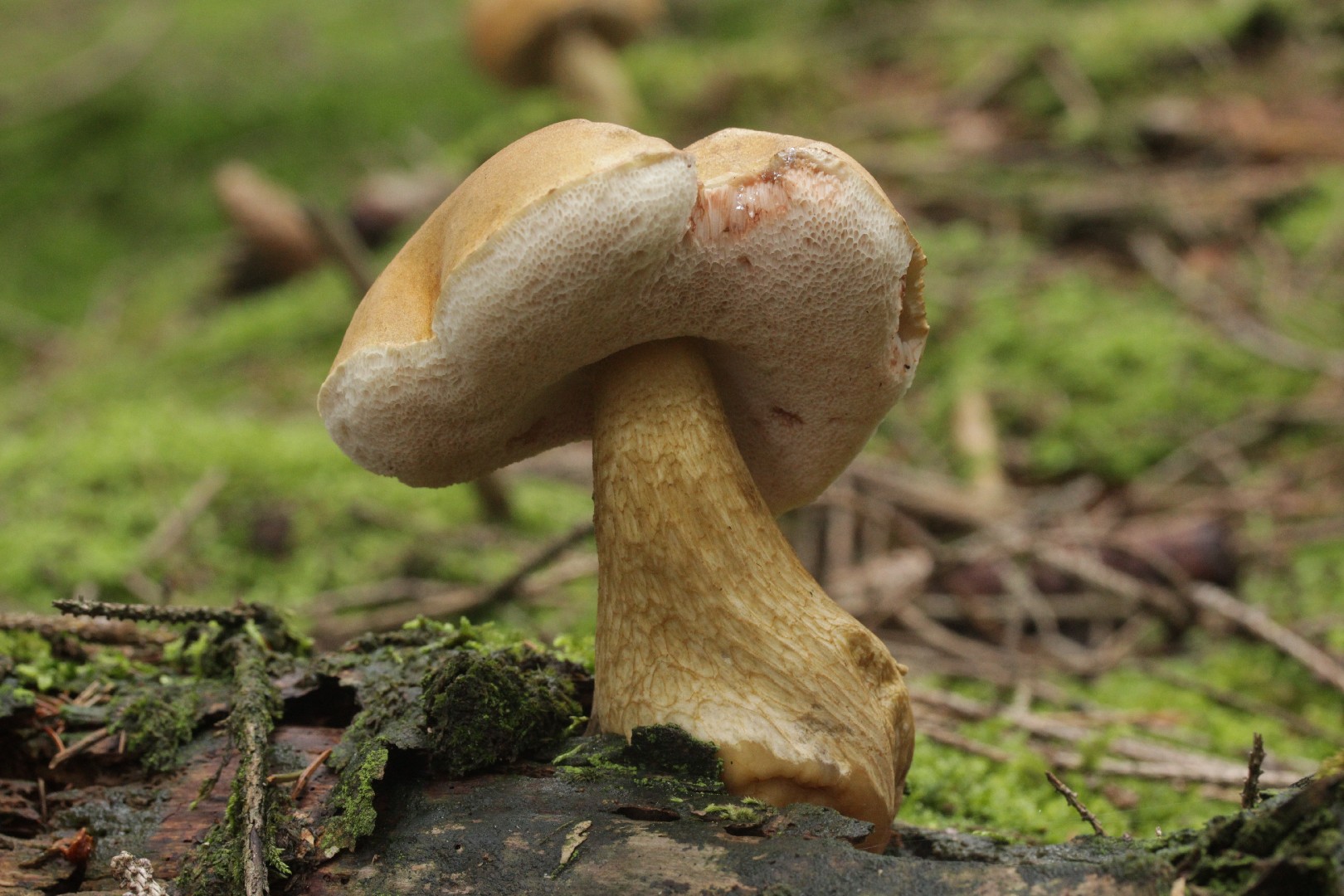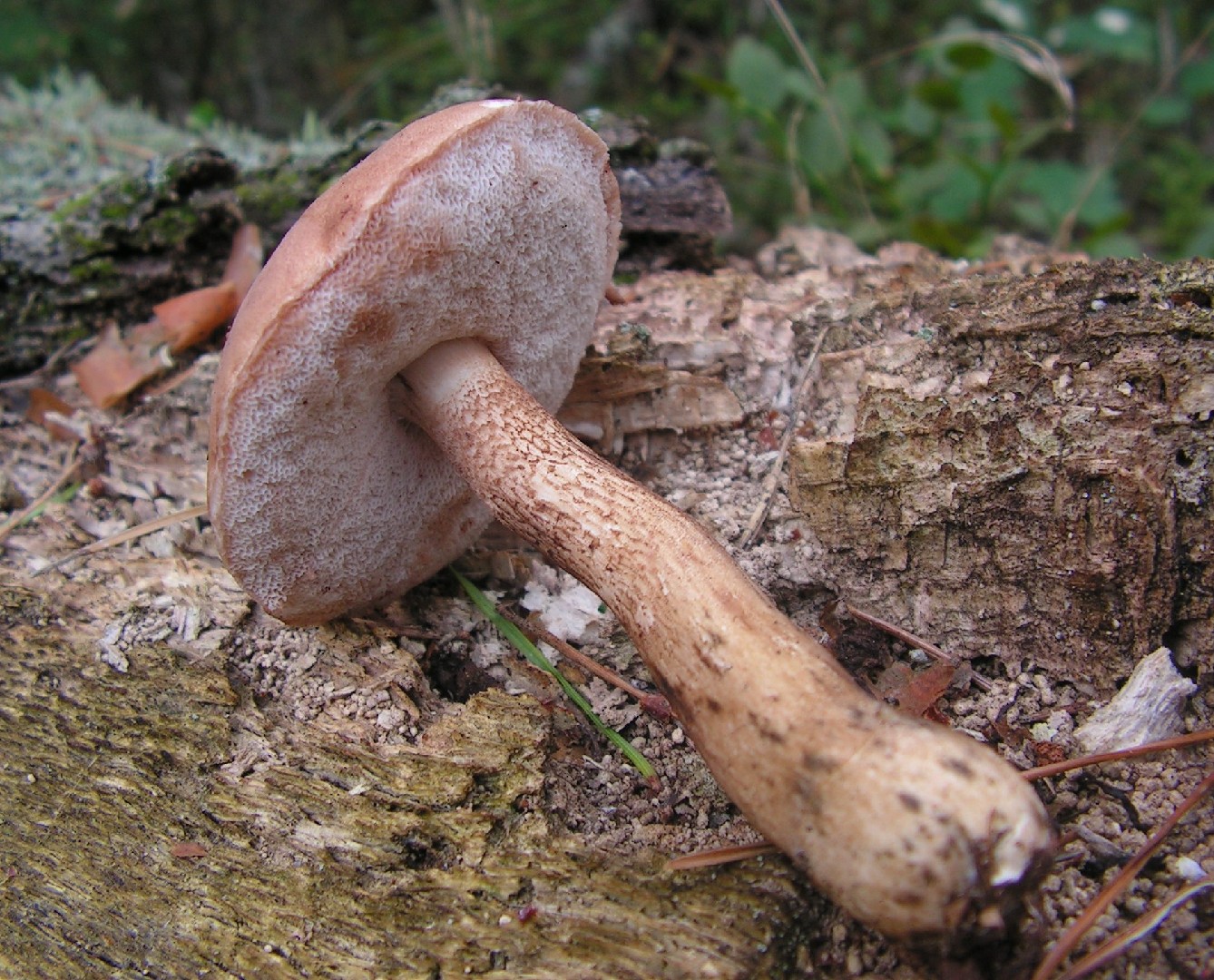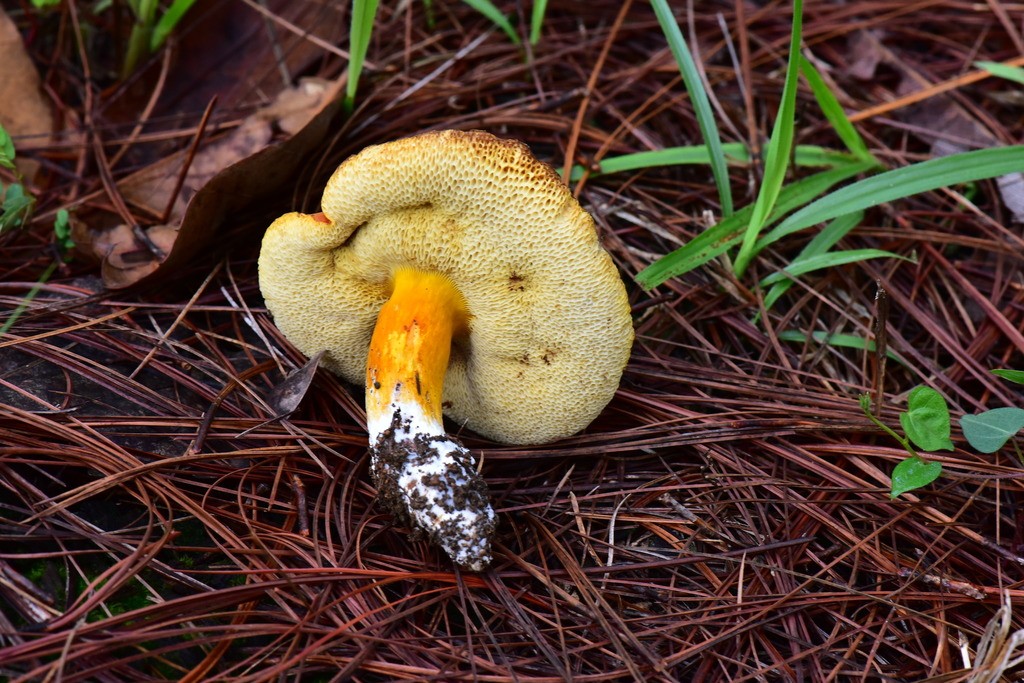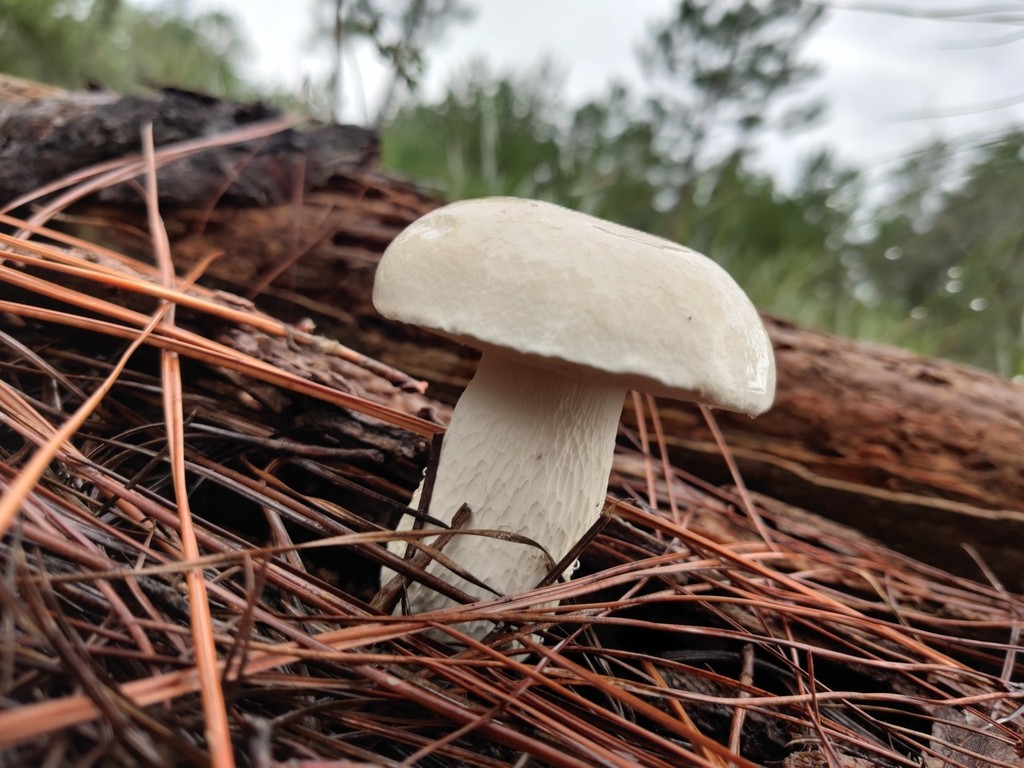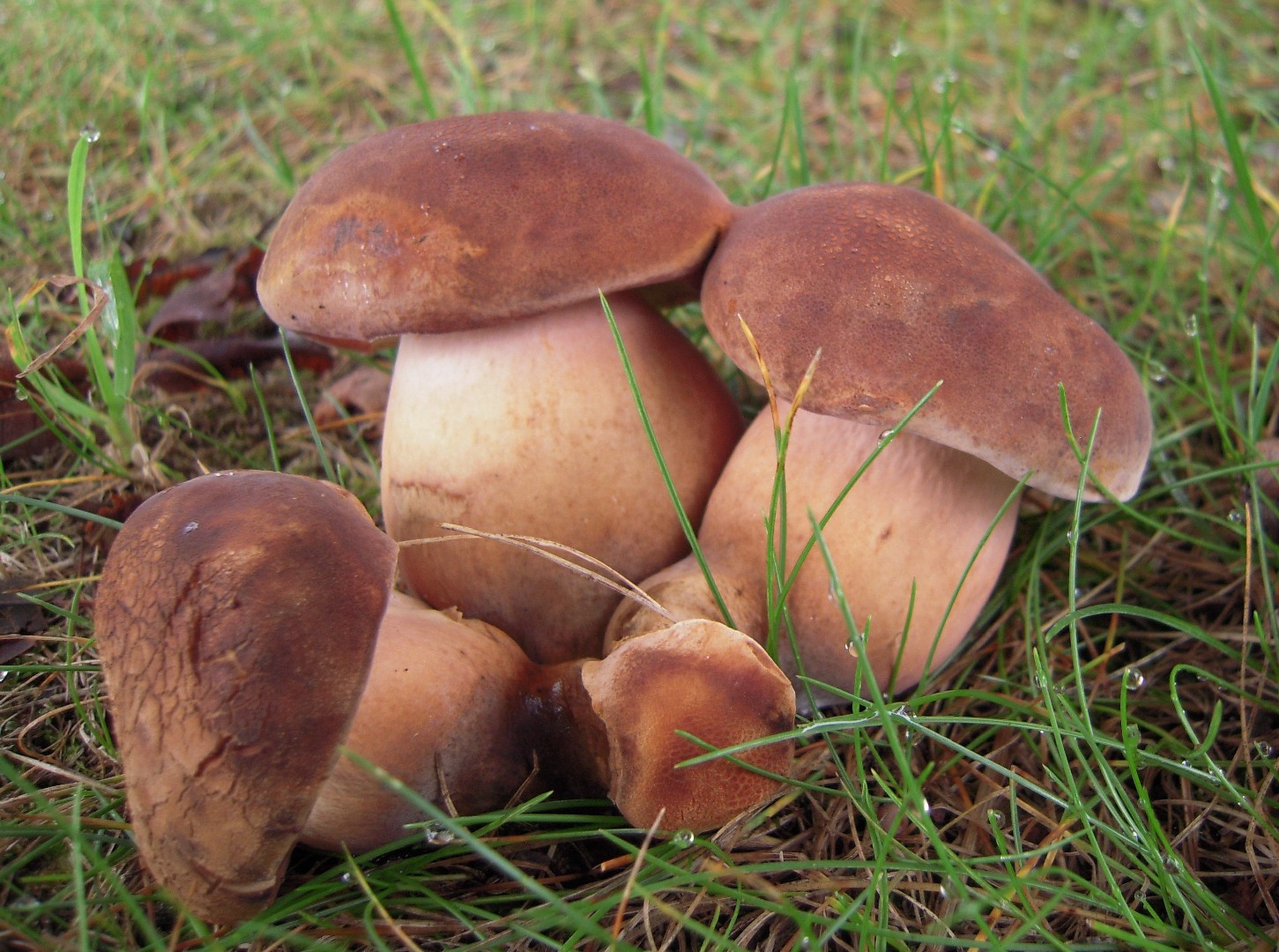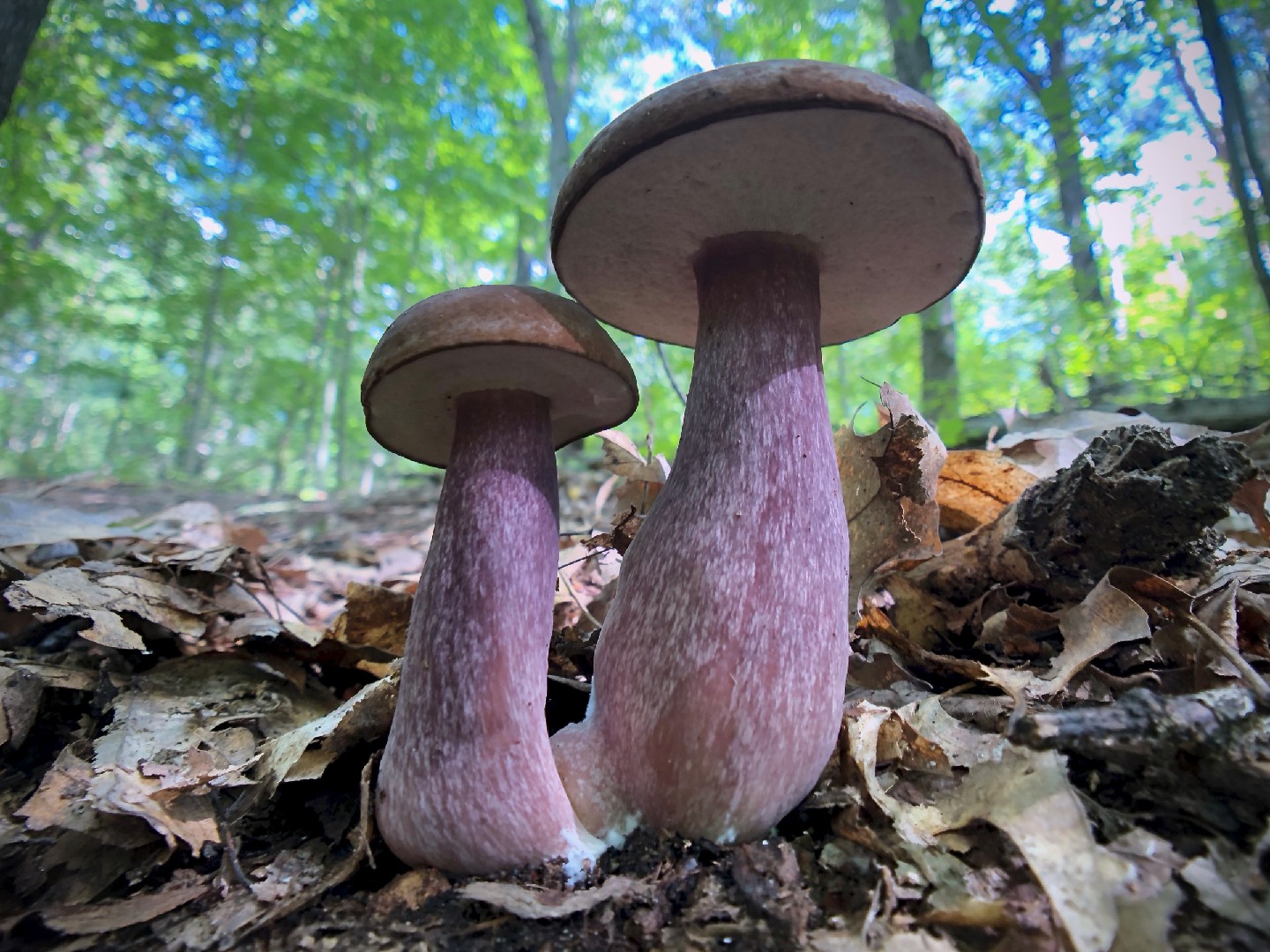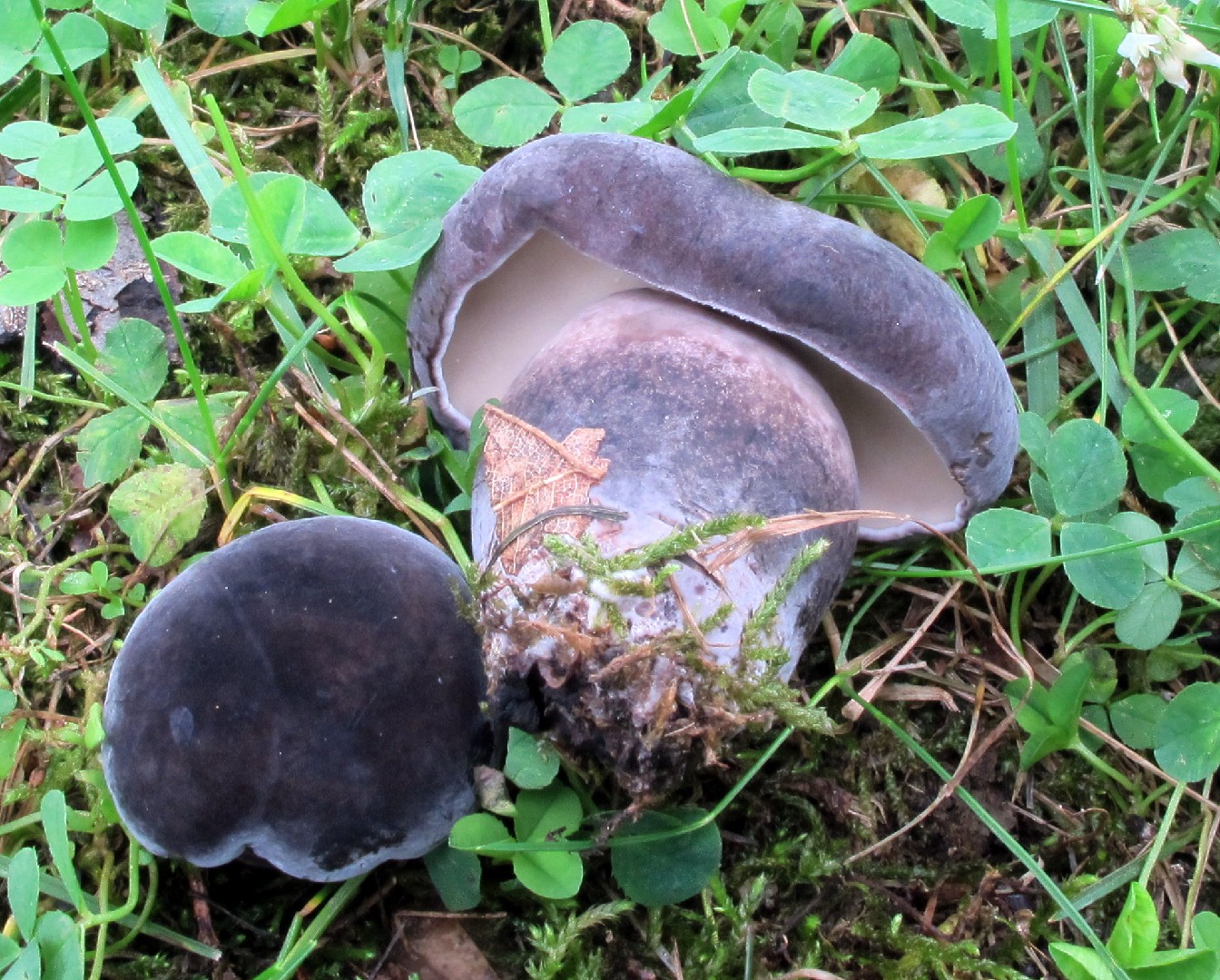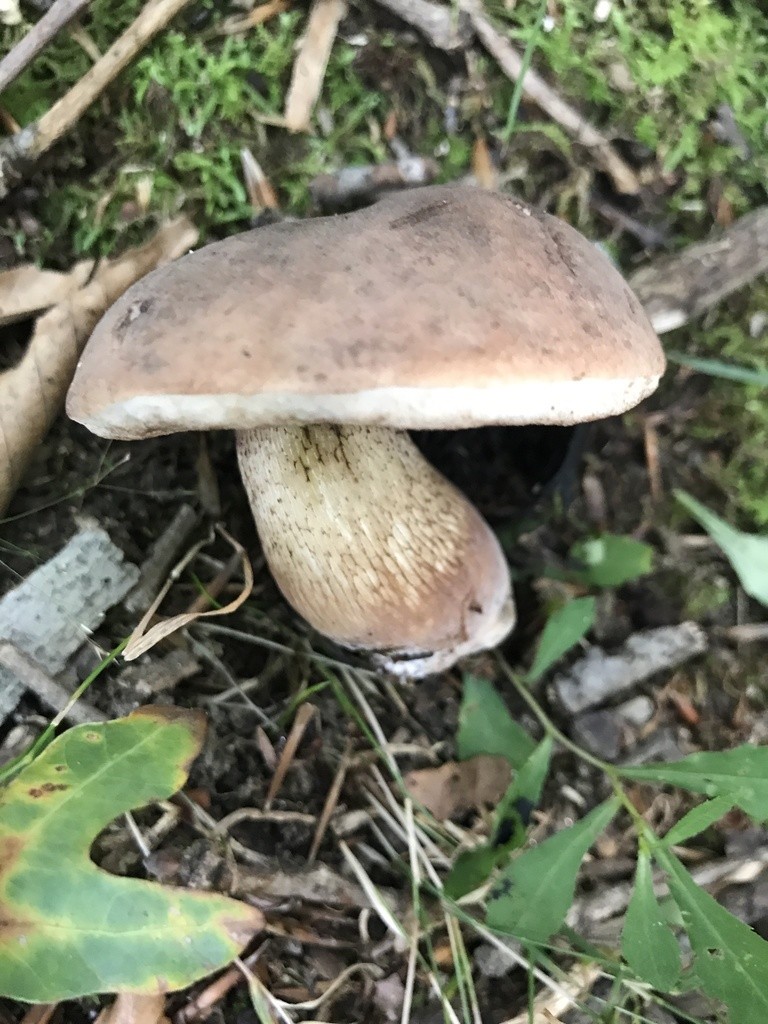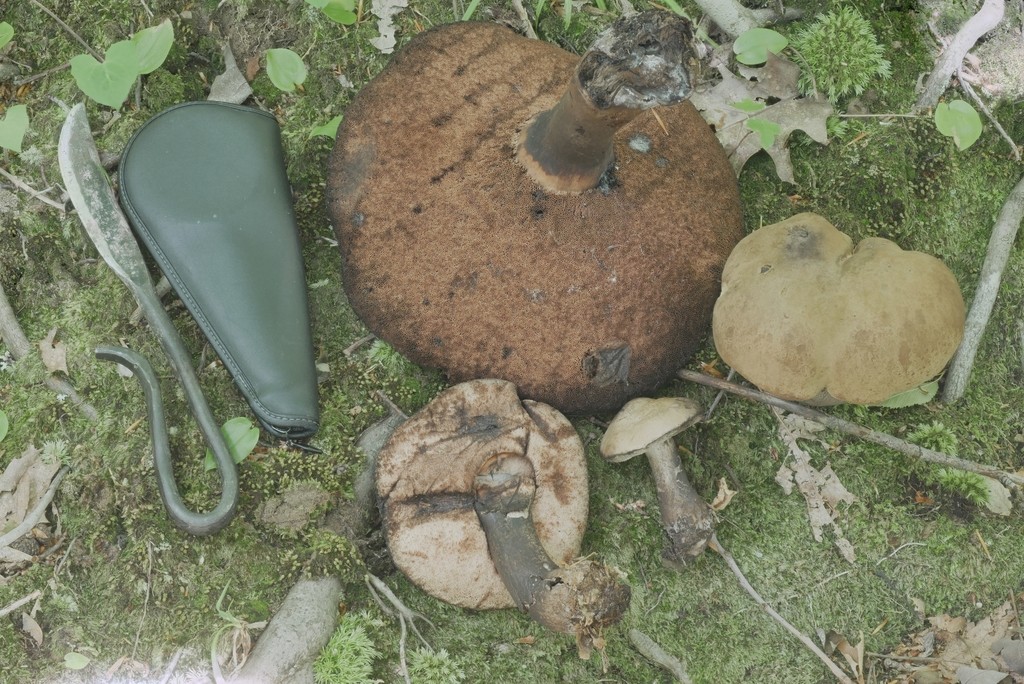Tylopilus
Scientific name: Tylopilus
Tylopilus
Scientific name: Tylopilus
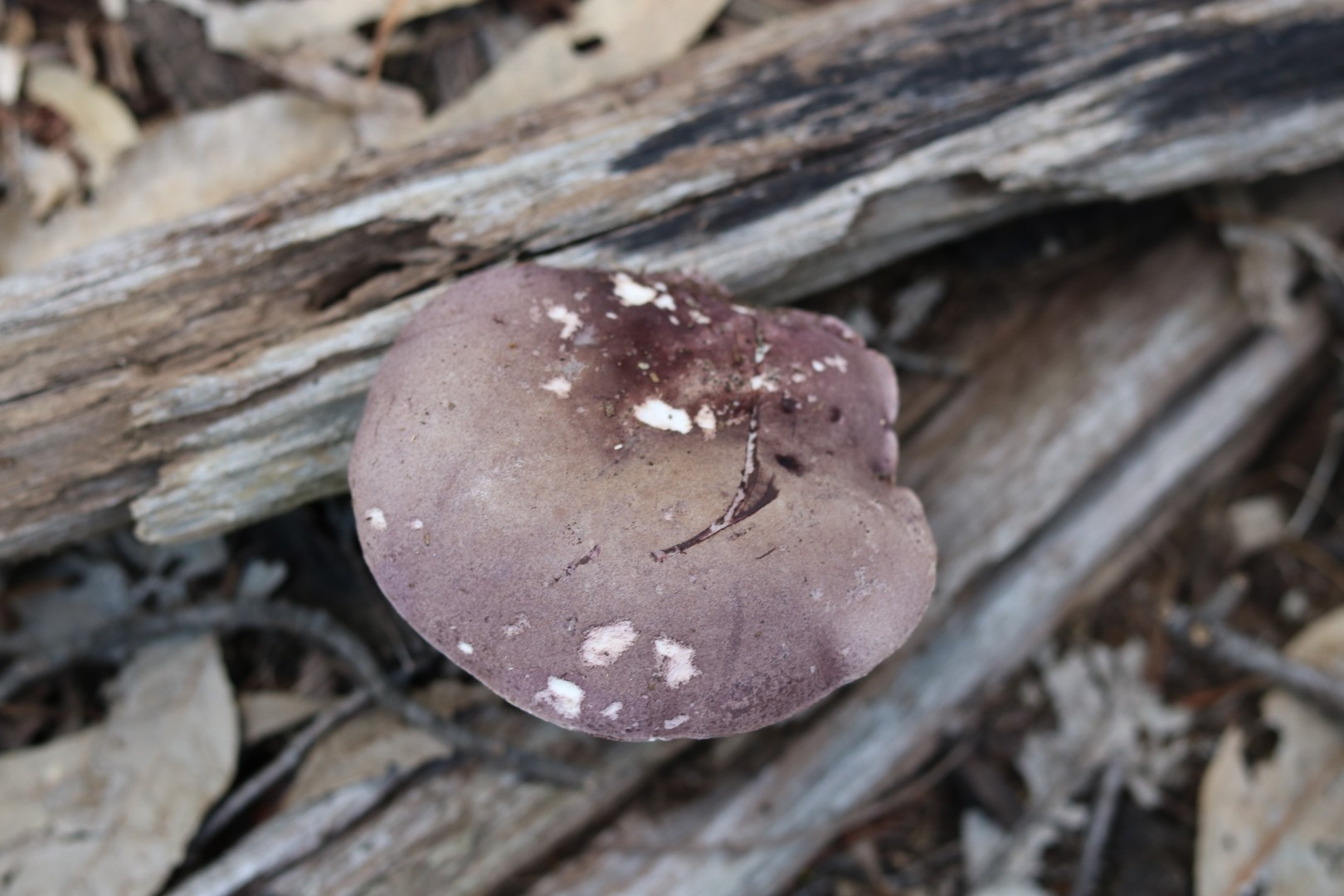 Photo By Anita Poupa
Photo By Anita Poupa Description
Tylopilus is a group of bolete fungi known for their distinctive sponge-like pores under the cap instead of gills. They often exhibit a variety of colors, from browns to pinks, and can even change color when bruised. Some species in this group are known to have a strong bitter taste that sets them apart from other mushrooms. Interestingly, they typically grow in symbiosis with trees, aiding in nutrient exchange.
Species of Tylopilus

 Photo By Anita Poupa
Photo By Anita Poupa Scientific Classification
Phylum
Club fungi Class
Mushroom-forming fungi Order
Boletes and allies Family
Boletes Genus
Tylopilus 